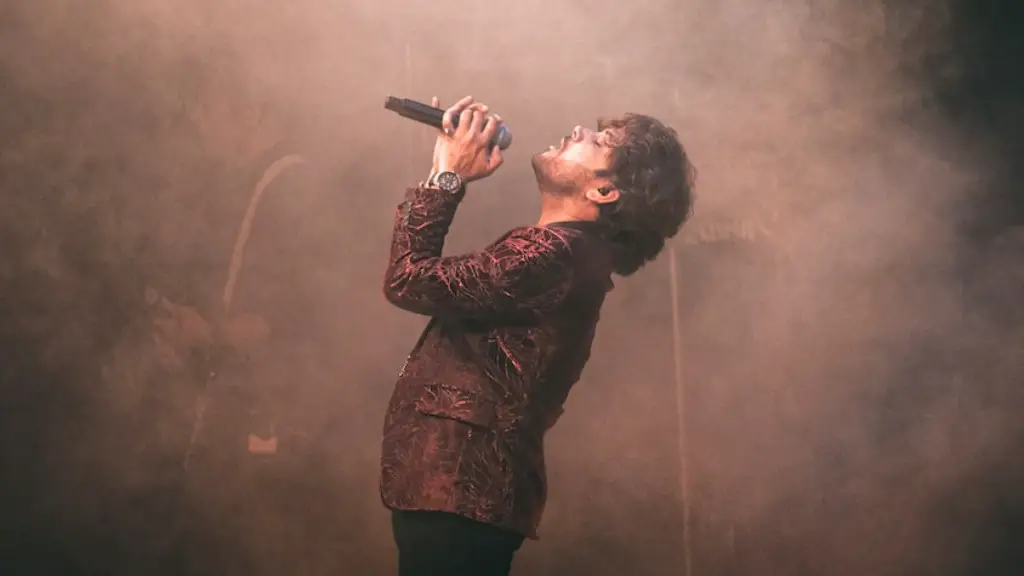You don’t have to be an artist to try your hand at drawing a motorcycle. From doodled sketches to detailed illustrations, the tireless bike that never stops rolling is a great form for aspiring illustrators. Here are a few tips to get you drawing stunning motorcycles quickly.
First, let’s get one thing straight – you can’t draw a motorcycle without a sense of perspective. So, get to grips with the basics of perspective drawing before you even think about putting pencil to paper. Doing this will help you when it comes to blocking out your image, making sure the proportions are right while creating cinematic 3D effects.
Realism and accuracy are crucial when it comes to drawing a motorcycle. The best way to gain these skills is to study the object at hand; take the time to look at the details, the curves, the shadows, the materials, and the components that make up a motorcycle. This way, you’ll get to know the lines, shapes and objects better.
To get started, get to grips with building your image from the ground up using simple shapes. This will give you an idea of the overall structure of your illustration, letting you customize each component as you build. It’s a great way to piece everything together in the end and create a smooth, well-proportioned image.
Learn to use shading to your advantage. Although adding details to your drawing is essential, it’s a skill that comes with practice. So, to begin, try focusing on the shadows to bring a sense of realism and dimension to your illustration.
Layering colour is also essential when drawing a motorcycle. This includes adding a sense of movement through thickness and thinness of the line, as well as creating the right atmosphere through the use of colour tones.
When it comes to creating a sense of realism and accuracy, location is everything. From ambient to atmosphere, the environment your motorcycle is in drastically affects how the end image will look.
Finally, don’t forget the details; try to focus on bringing out the finer details of your motorcycle illustration through the use of precision and detail. This way, you’ll be able to create a realistic and precise image.
Now you’ve got the basics down, it’s time to bring the fun and energy of a motorcycle to life. Start off with a rough sketch to get a clear idea of the overall shape and structure, then begin to add details into your image such as handlebars, exhaust pipes, and mirrors.
Creating a sense of movement is also essential when it comes to drawing a motorcycle – remember, speed is a huge part of the attraction. To bring a sense of movement to your illustration, try focusing on creating a sense of air, as well as added acceleration through the use of dynamic lines.
The power of an engine can also be captured in a drawing, so don’t forget to include features such as pipes, cylinders and spark plugs. These will give your image a sense of authenticity and a feeling of power that a real-life motorcycle has.
You can also make your drawing pop through the use of light sources. Once you’ve blocked out your image, try to add more depth by adding small touches such as glints of metal and hood textures.
Similarly, adding small touches to the tires can instantly bring your drawing alive. Try adding small details, such as treads and rubber, to make them look dynamic and realistic.
Once you’ve got the basics down, you can start experimenting with composition, composition, and the environment. Try moving elements around and experimenting with the camera angle; this is a great way to get a unique and interesting final product.
Finally, to ensure you get a realistic and accurate image, use reference images when drawing. By studying what a real motorcycle looks like, you’ll be able to create a faithful version of the real thing.
